In the 1940s, Brazil underwent a profound transformation. The country was industrializing, opening up internationally, welcoming a large European diaspora fleeing Nazism, and becoming fertile ground for the artistic avant-garde. Echoing this effervescence, a new generation of photographers seized the medium to accompany the aesthetic and cultural upheavals of their time.
As part of the movement that saw the birth of Oscar Niemeyer's architecture and vision of the modern city, Novo cinema and Bossa Nova, six figures contributed to the emergence of a new photography: Geraldo de Barros, German Lorca, Gertrudes Altschul, Marcel Giró, José Oiticica Filho and Thomaz Farkas. Seizing the political, social and aesthetic potential of photography, they introduced new subjects: modernist architecture and its soft lines, botanical motifs with contrasting light and shadow, inventive experiments and perspective games tinged with a taste for abstraction.
This dynamic was supported by the creation of numerous amateur photography clubs, notably the Foto Clube Bandeirante in São Paulo and the Foto Clube Carioca in Rio. True hotbeds of artistic emulation and exchange, these collectives encouraged experimentation, democratized the use of photography and increased links with the European and North American scenes.
The formal and aesthetic diversity of Brazilian modernist photography remains largely unknown. Through the work of thirty-three artists, the book sheds light on a daring generation that placed Brazil at the forefront of the international avant-garde movement.
A text by Marcella Legrand Marer and Helouise Costa, co-curators of the exhibition presented at the Rencontres d'Arles, introduces the book and looks back at the three high points of Brazilian modernism. The visual corpus is complemented by two essays by Rafael Cardoso, art historian and writer, and Julieta Pestarino, anthropologist, art historian and curator.
In the 1940s, Brazil underwent a profound transformation. The country was industrializing, opening up internationally, welcoming a large European diaspora fleeing Nazism, and becoming fertile ground for the artistic avant-garde. Echoing this effervescence, a new generation of photographers seized the medium to accompany the aesthetic and cultural upheavals of their time.
As part of the movement that saw the birth of Oscar Niemeyer's architecture and vision of the modern city, Novo cinema and Bossa Nova, six figures contributed to the emergence of a new photography: Geraldo de Barros, German Lorca, Gertrudes Altschul, Marcel Giró, José Oiticica Filho and Thomaz Farkas. Seizing the political, social and aesthetic potential of photography, they introduced new subjects: modernist architecture and its soft lines, botanical motifs with contrasting light and shadow, inventive experiments and perspective games tinged with a taste for abstraction.
This dynamic was supported by the creation of numerous amateur photography clubs, notably the Foto Clube Bandeirante in São Paulo and the Foto Clube Carioca in Rio. True hotbeds of artistic emulation and exchange, these collectives encouraged experimentation, democratized the use of photography and increased links with the European and North American scenes.
The formal and aesthetic diversity of Brazilian modernist photography remains largely unknown. Through the work of thirty-three artists, the book sheds light on a daring generation that placed Brazil at the forefront of the international avant-garde movement.
A text by Marcella Legrand Marer and Helouise Costa, co-curators of the exhibition presented at the Rencontres d'Arles, introduces the book and looks back at the three high points of Brazilian modernism. The visual corpus is complemented by two essays by Rafael Cardoso, art historian and writer, and Julieta Pestarino, anthropologist, art historian and curator.
Two versions: English and French
Hardcover, 21,5 x 26,5 cm
240 pages
189 color and B&W photographs and documents
Editorial direction
Helouise Costa
Marcella Legrand Marer
Photographs
Gertrudes Altschul
Geraldo de Barros
Thomaz Farkas
Marcel Giró
German Lorca
José Oiticica Filho
Texts
Helouise Costa
Marcella Legrand Marer
Rafael Cardoso
Julieta Pestarino
Exhibition
Construction, deconstruction, reconstruction.
Brazilian Modernist Photography (1939–1964)
The Rencontres d’Arles
La Mécanique générale
From July 7 to October 5, 2025


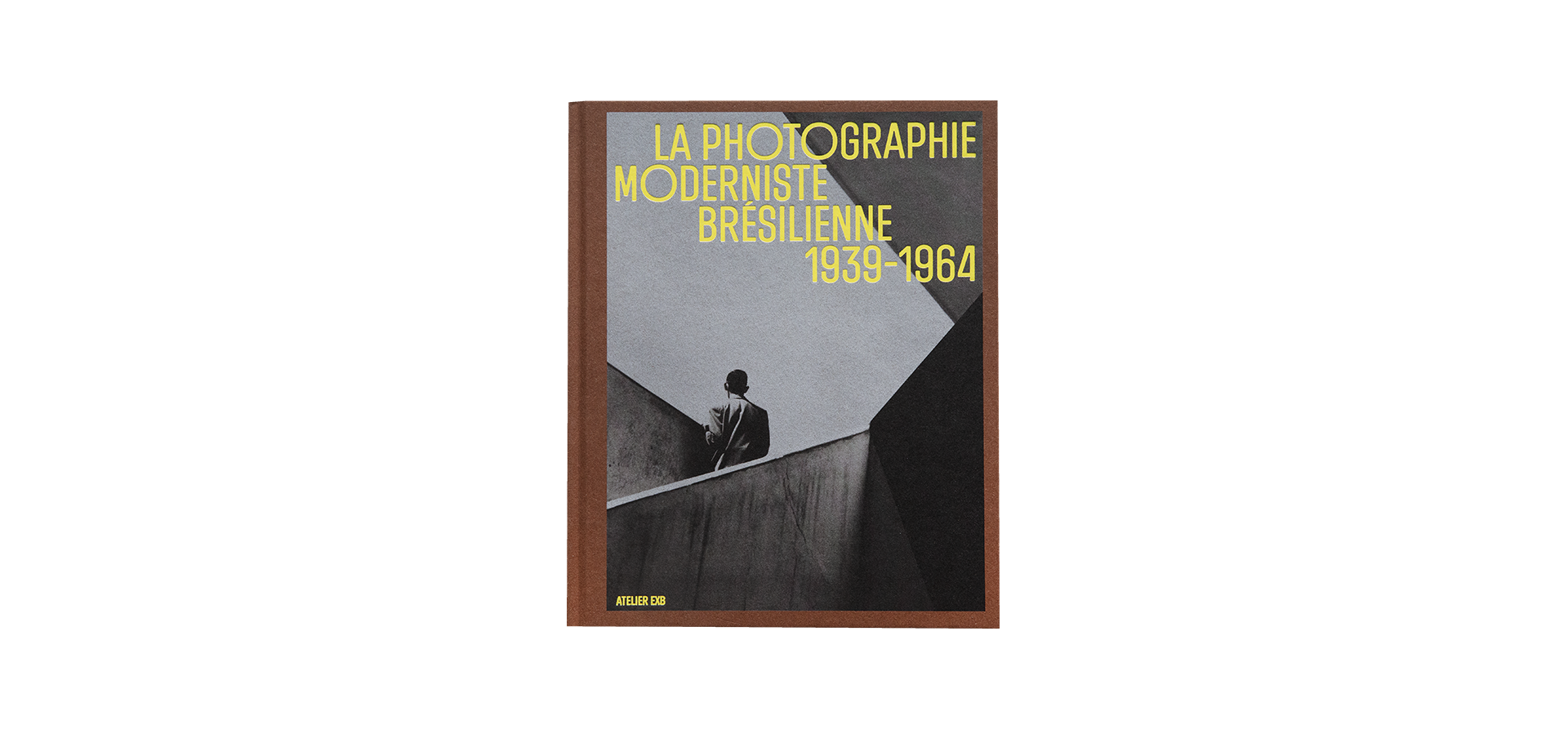
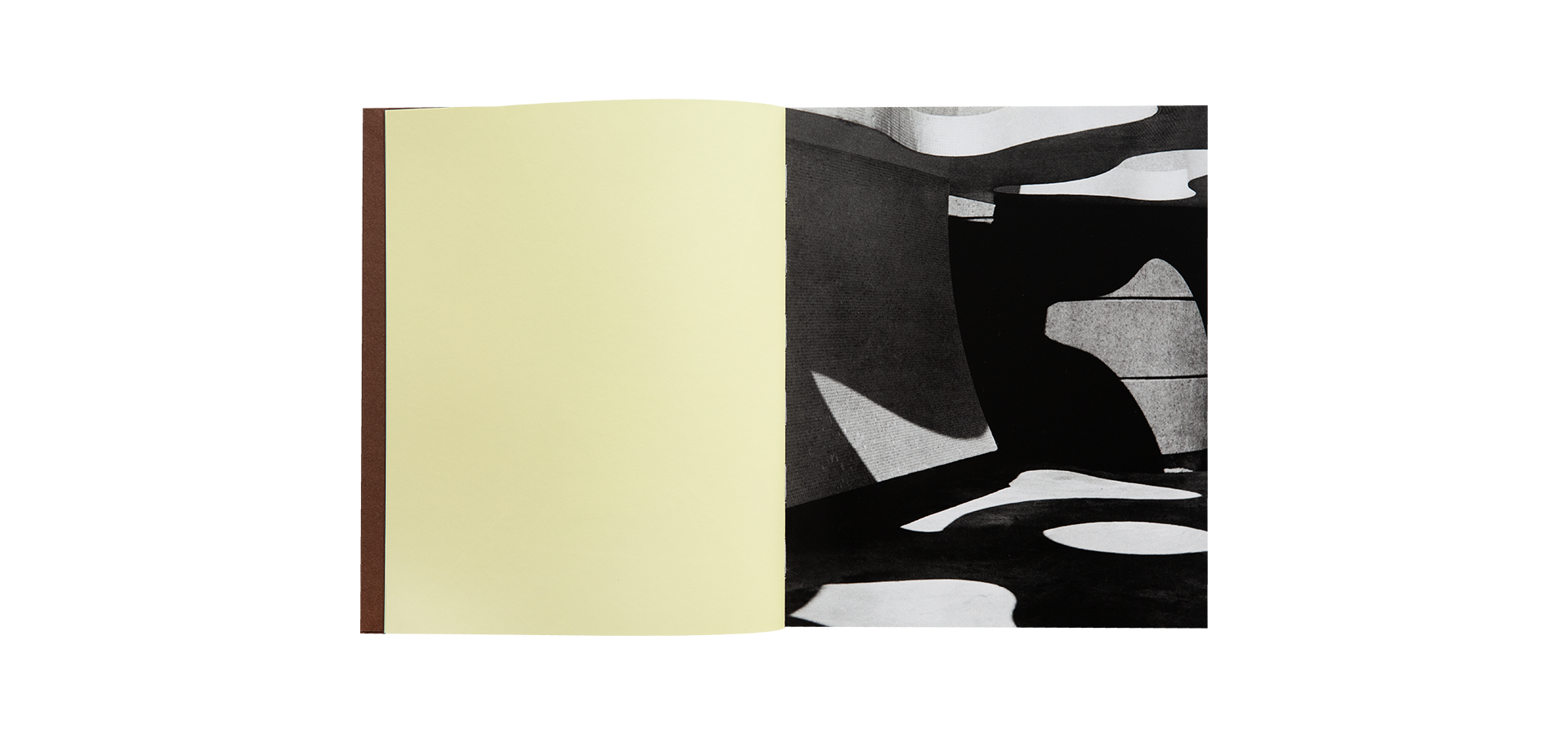
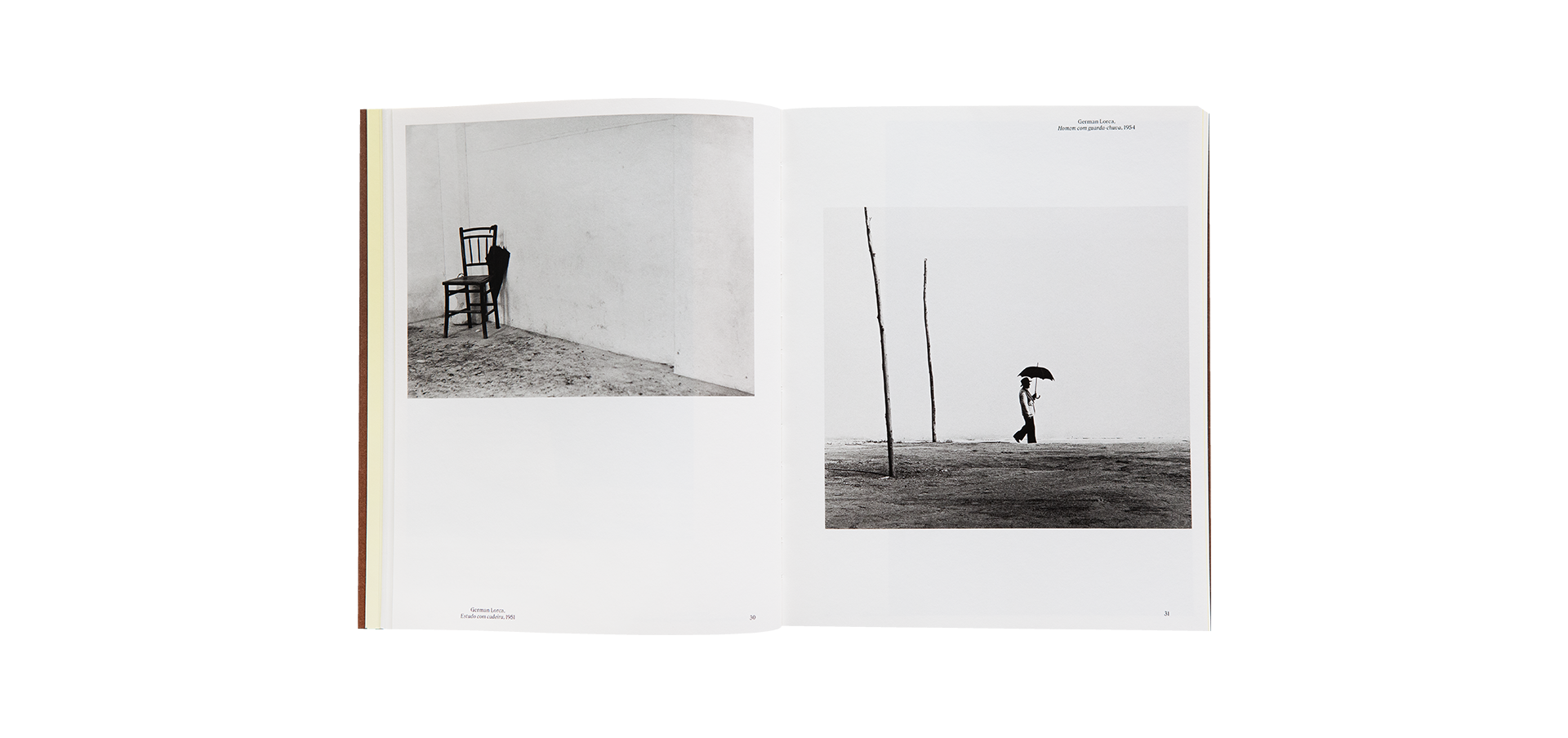
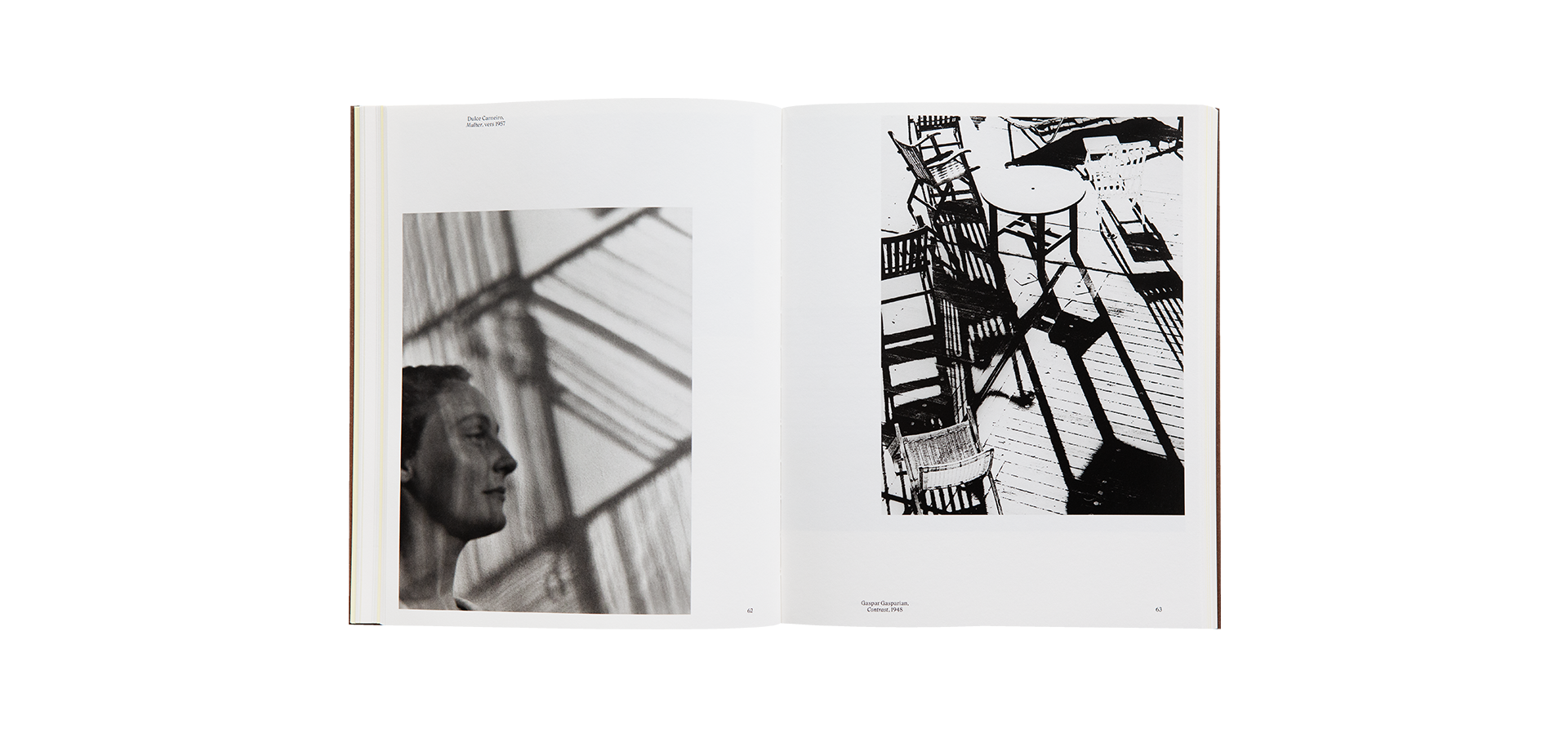
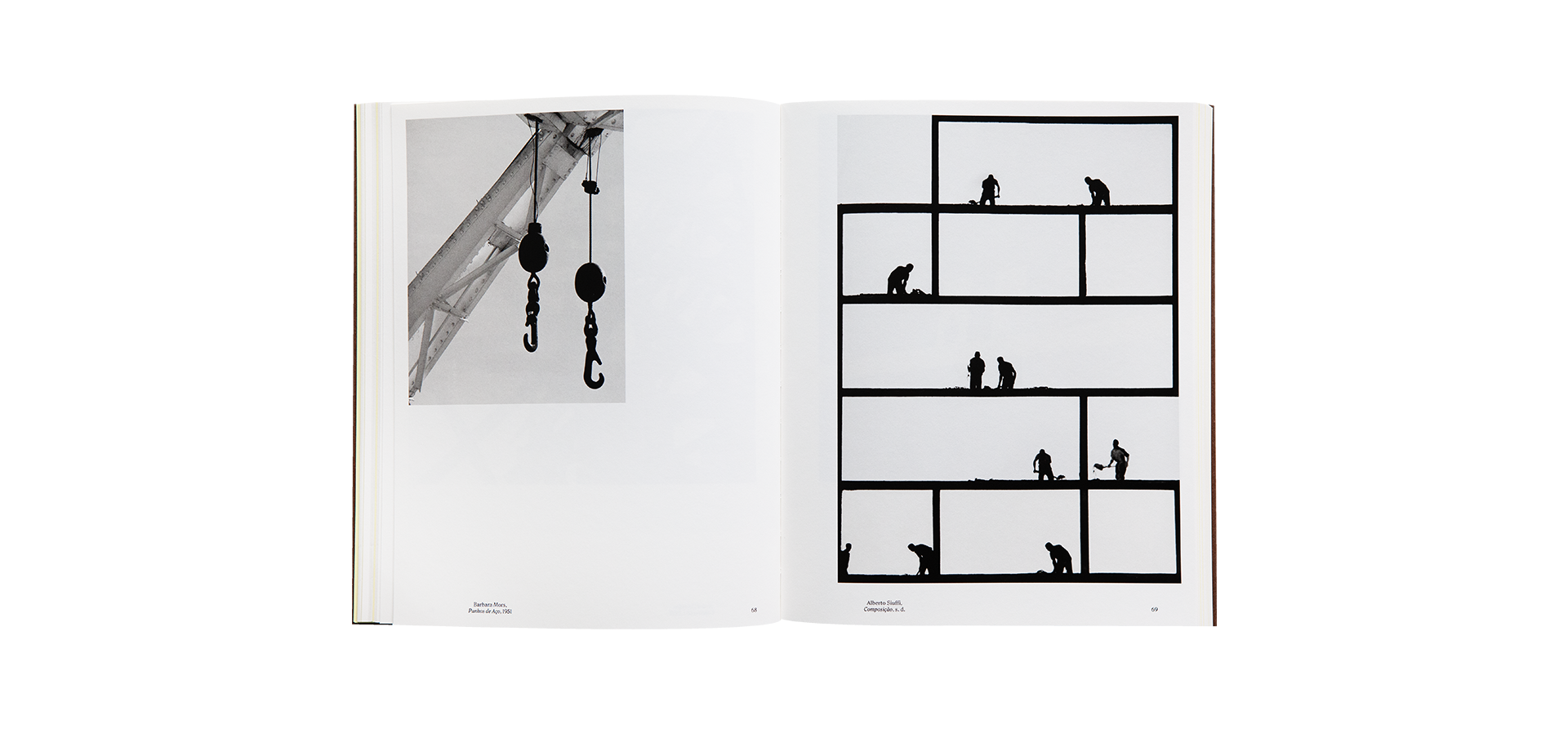
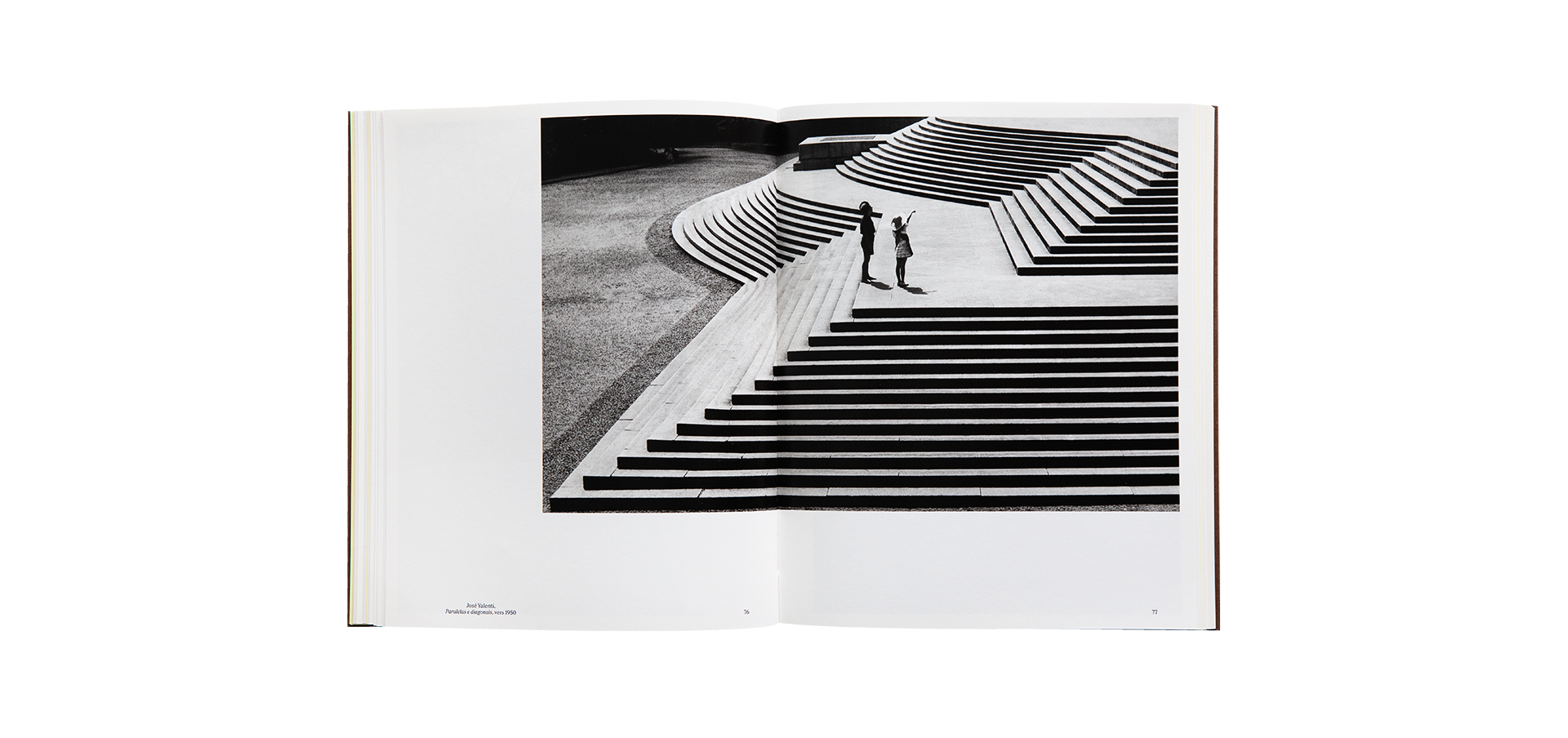

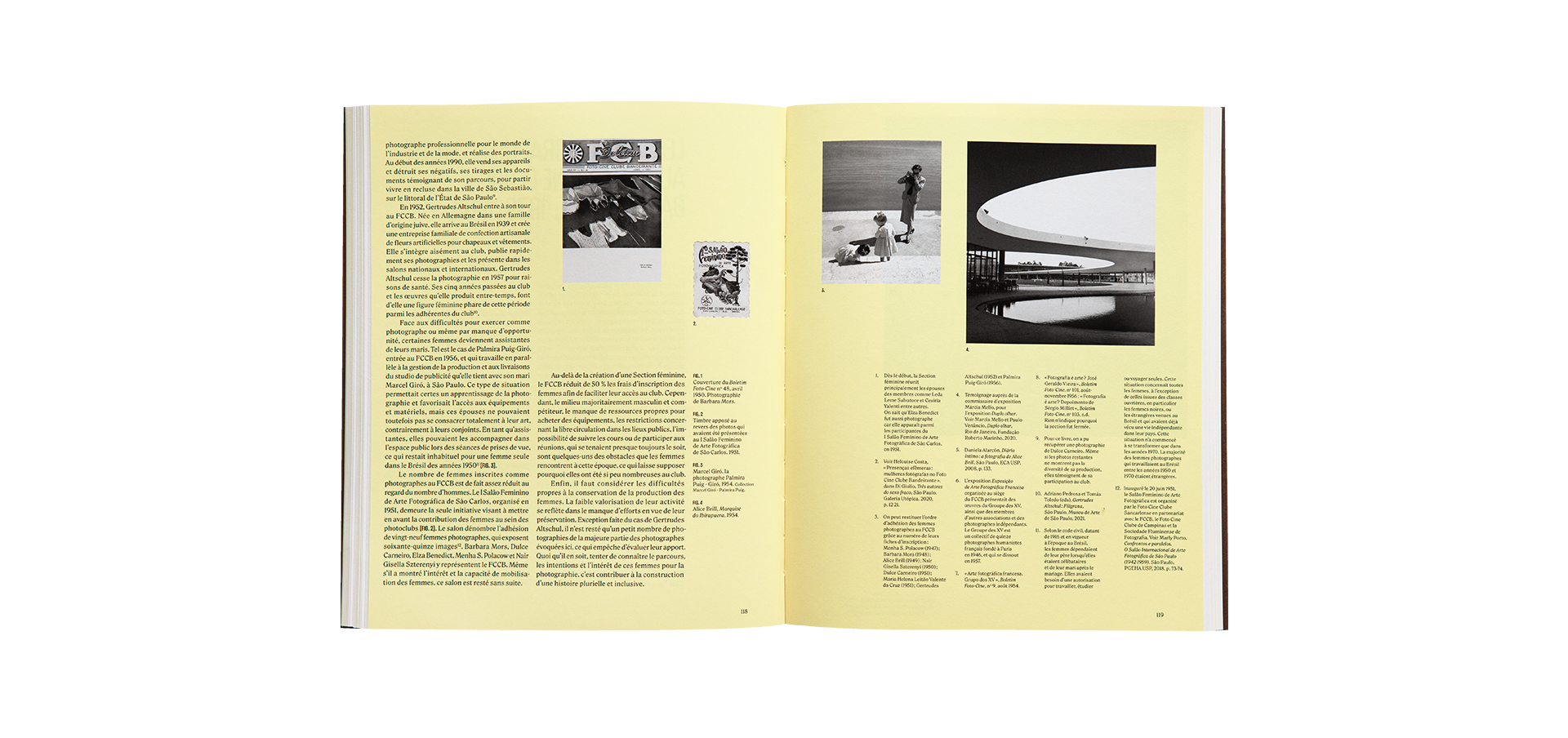
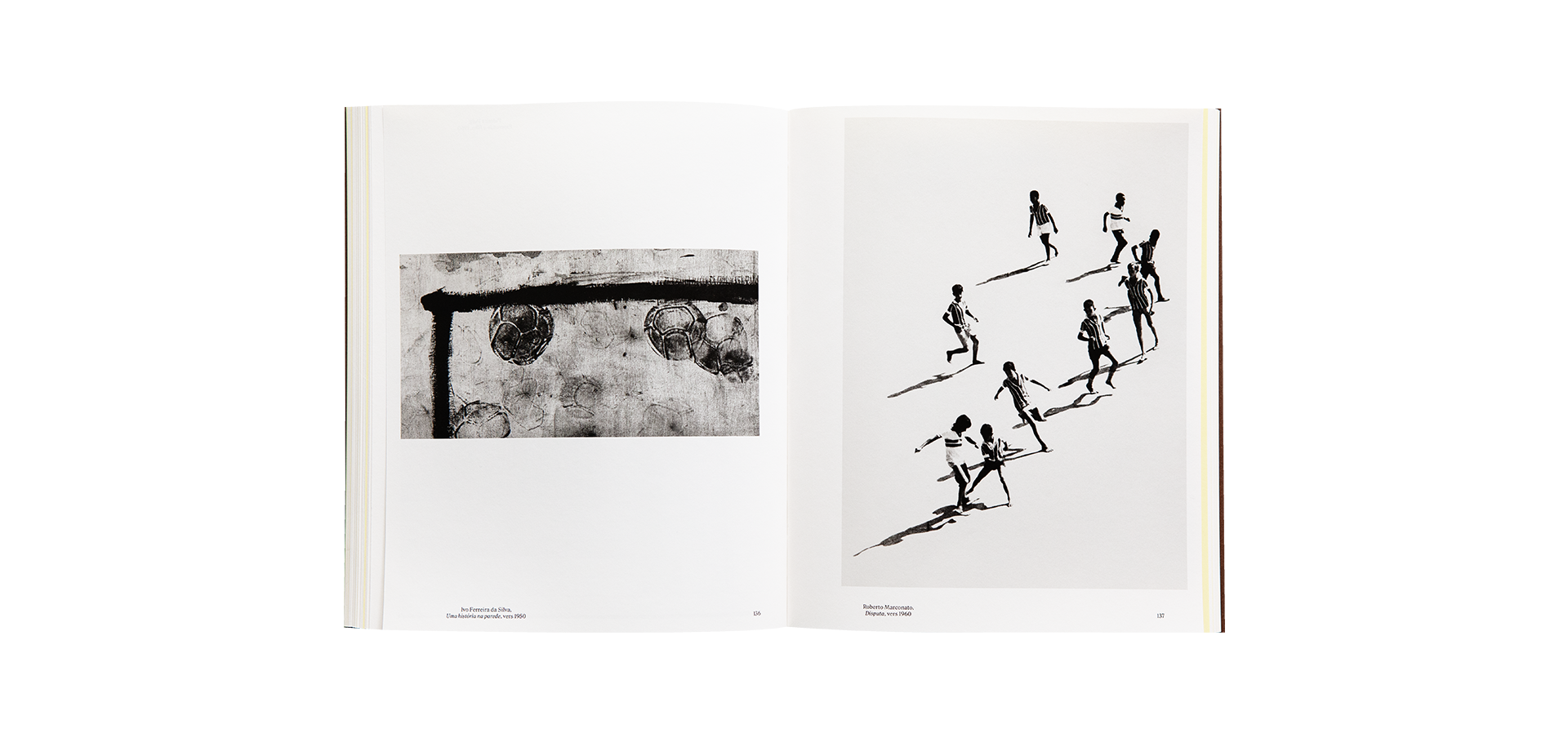
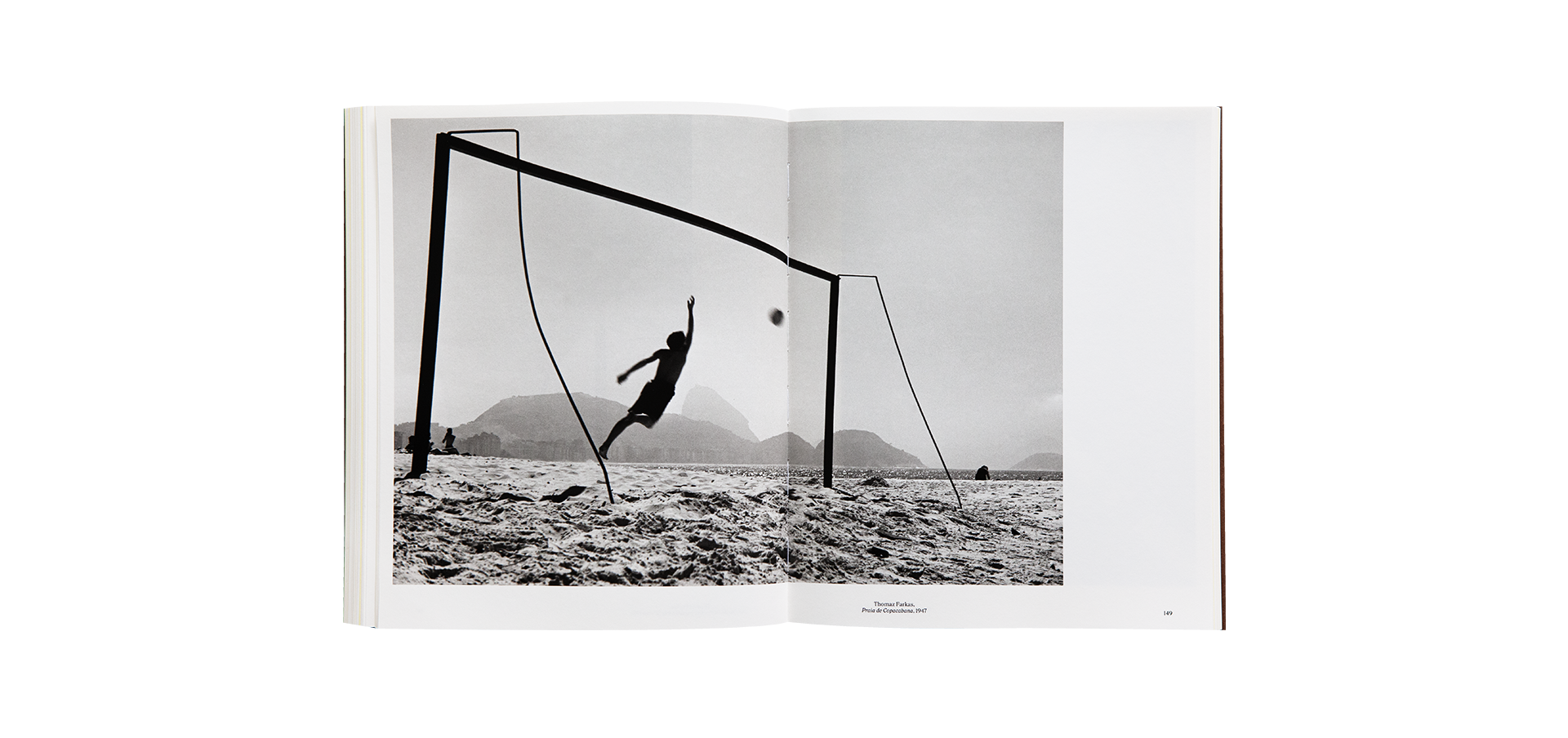

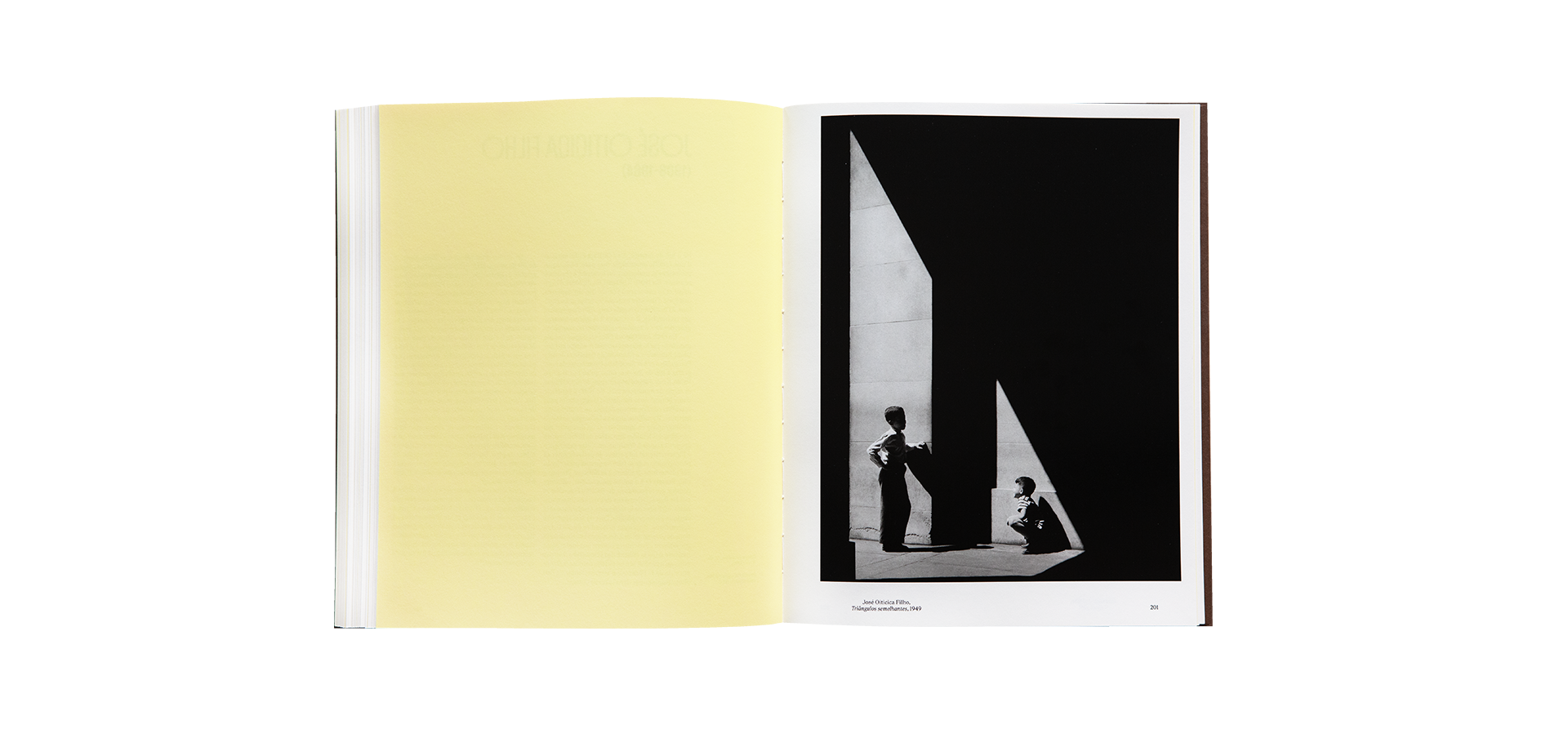
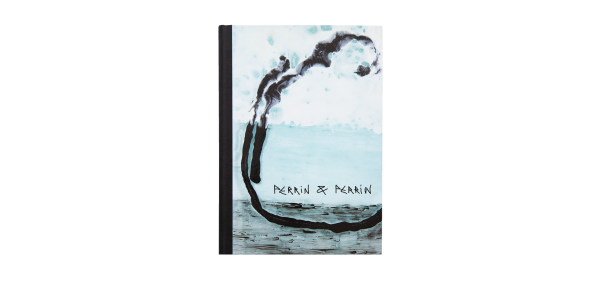
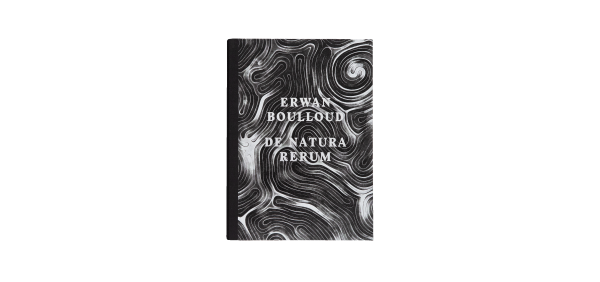
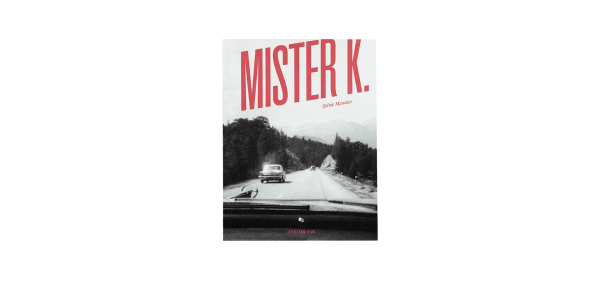
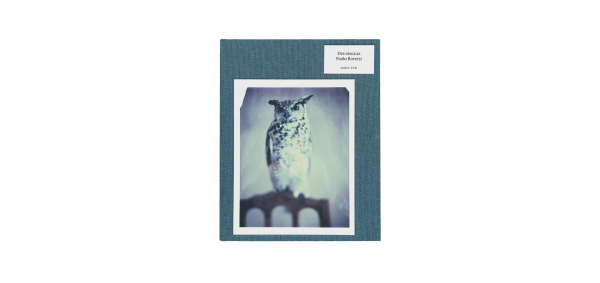

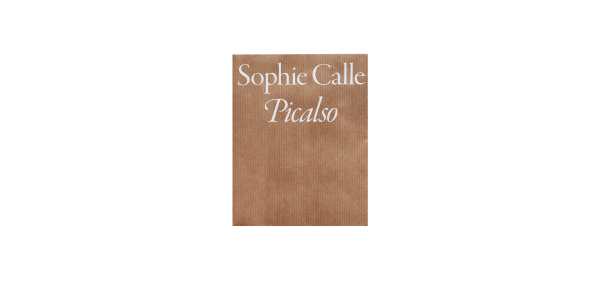
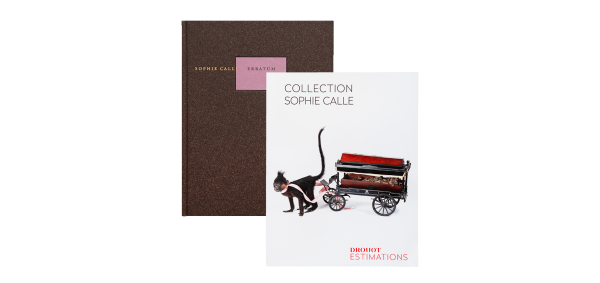
 see the whole catalog
see the whole catalog